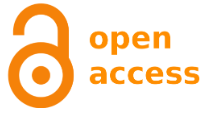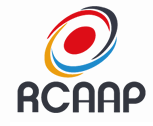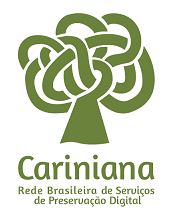Bromatologia e contaminação com fumonisina e aflatoxina em rações utilizadas na piscicultura da região de Londrina, Estado do Paraná, Brasil
DOI:
https://doi.org/10.5433/1679-0359.2003v24n1p123Palavras-chave:
Aflatoxinas, Fumonisinas, Ração, Piscicultura.Resumo
Com o intuito de suprir a demanda e o progresso na piscicultura, o setor industrial investiu na produção de rações, cuja formulação depende de ingredientes constituídos de grãos susceptíveis à contaminação por fungos micotoxigênicos. O trabalho visou avaliar a composição química (qualidade nutricional), aliada à susceptibilidade ao risco de contaminação por micotoxinas (aflatoxina e fumonisina), em 42 amostras de ração, pertencentes a cinco marcas comerciais, utilizadas nos pesqueiros da Região de Londrina-PR. A análise da composição química indicou qualidade nutricional adequada das rações, não se constatando diferença significativa na composição bromatológica geral entre os tipos de rações extrusada e peletizada (p > 0,05). Os níveis de aflatoxina variaram desde não detectável a 15,60 ng/g, com 61,90% de amostras em níveis < 4ng/g, indicando estar dentro da recomendação nacional, fixada em 20 ng/g. Em relação a fumonisina (não detectado a 11,22µg/g), 76,20% das amostras apresentaram níveis < 4µg/g. Não se constatou diferença entre ração peletizada e extrusada para os níveis destas micotoxinas (p > 0,05), porém a co-ocorrência de aflatoxina com fumonisina em 23,8% das rações, sugeriu risco de sinergismo tóxico, apontando a importância de monitoramento no controle de micotoxinas na dieta de peixes. Por outro lado, considerando a constante renovação de rações nos pesqueiros, pode-se inferir uma baixa possibilidade do incremento de aflatoxina e fumonisina devido a armazenagem local, devendo o ponto crítico ser direcionado ao estágio de produção de matéria prima no campo e pré-processamento, independentemente de marca ou diferenças nutricionais.
Downloads
Publicado
Como Citar
Edição
Seção
Licença
Os Direitos Autorais para artigos publicados são de direito da revista. Em virtude da aparecerem nesta revista de acesso público, os artigos são de uso gratuito, com atribuições próprias, em aplicações educacionais e não-comerciais.
A revista se reserva o direito de efetuar, nos originais, alterações de ordem normativa, ortográfica e gramatical, com vistas a manter o padrão culto da língua e a credibilidade do veículo. Respeitará, no entanto, o estilo de escrever dos autores.
Alterações, correções ou sugestões de ordem conceitual serão encaminhadas aos autores, quando necessário. Nesses casos, os artigos, depois de adequados, deverão ser submetidos a nova apreciação.
As opiniões emitidas pelos autores dos artigos são de sua exclusiva responsabilidade.













